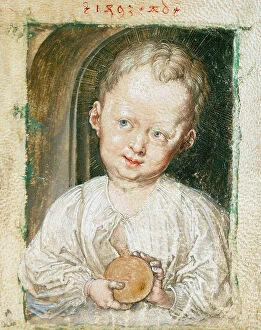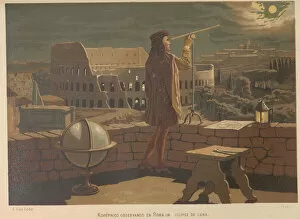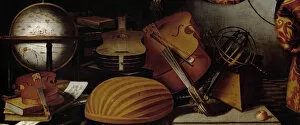Armil Collection
Armil, a term derived from the Latin word "armillae, " refers to an armillary sphere, a device used in astronomy to represent celestial objects and their movements
All Professionally Made to Order for Quick Shipping
Armil, a term derived from the Latin word "armillae, " refers to an armillary sphere, a device used in astronomy to represent celestial objects and their movements. This intricate instrument was popularized by Danish astronomer Tycho Brahe during the 16th century. In Rome, Nicolaus Copernicus studied the heavens and revolutionized our understanding of the universe. His groundbreaking work is depicted in various artistic renditions such as La ciencia y sus hombres (1879) and Harmonia Macrocosmica (1660), created by Andreas Cellarius. The influence of Copernicus can also be seen in paintings like Still Life with Musical Instruments, Globe and Armillary Sphere (17th century) which showcases his revolutionary ideas alongside musical instruments. The Grand Atlas of all the World (1725) by Johann Baptist Homann features globes that further highlight Copernicus' impact on cartography. Jacques de Vaulx's Les premieres œuvres (1583) includes illustrations depicting navigational tools like astrolabes, demonstrating how astronomers utilized these devices for celestial navigation. Even renowned figures like Saint Augustine were captivated by astronomical studies as portrayed in Botticelli's painting Saint Augustine in His Study. This artwork reflects the fascination with both religious contemplation and scientific inquiry during this era. Artes Mechanicae, a frieze found in Casa Pellizzari around 1500, showcases Giorgione's artistic interpretation of mechanical arts including armillary spheres. These depictions demonstrate how astronomy became intertwined with other disciplines during this period. Overall, Armil represents not only an astronomical instrument but also symbolizes humanity's quest for knowledge about our place within the vast cosmos. It serves as a reminder of great minds like Brahe and Copernicus who challenged conventional wisdom to unlock new understandings of our world beyond what we could perceive with just our eyes alone.






















